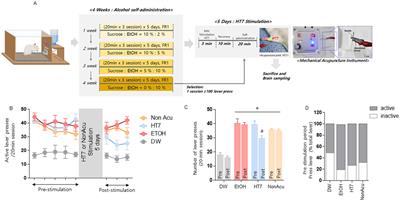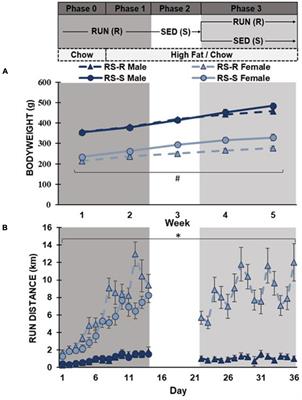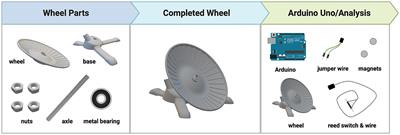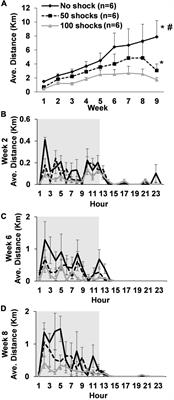ORIGINAL RESEARCH
Published on 30 Oct 2024
Mechanical acupuncture at HT7 attenuates alcohol self-administration in rats by modulating neuroinflammation and altering mPFC-habenula-VTA circuit activity

doi 10.3389/fnbeh.2024.1455622
- 705 views
1,750
Total downloads
10k
Total views and downloads
ORIGINAL RESEARCH
Published on 30 Oct 2024

ORIGINAL RESEARCH
Published on 26 Jul 2024

METHODS
Published on 15 Jan 2024

ORIGINAL RESEARCH
Published on 16 May 2023

